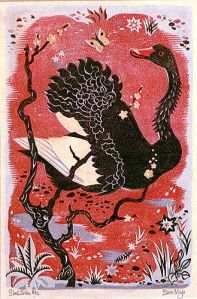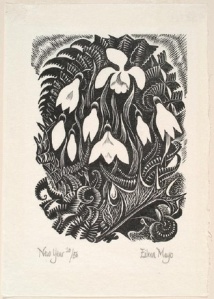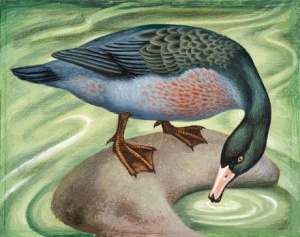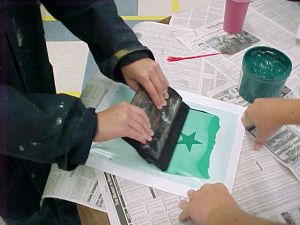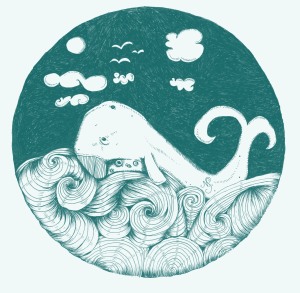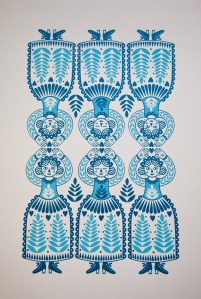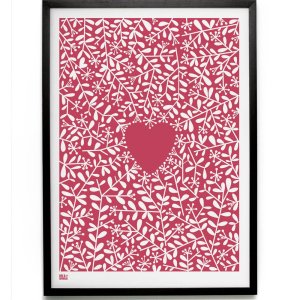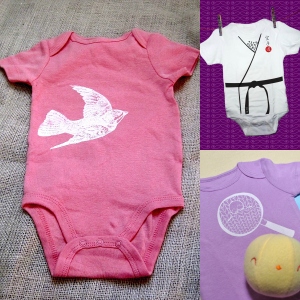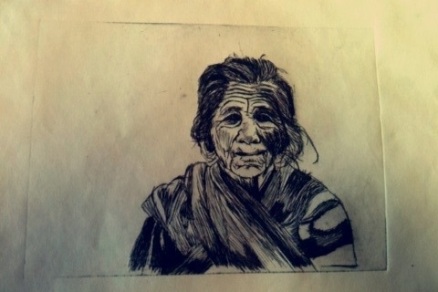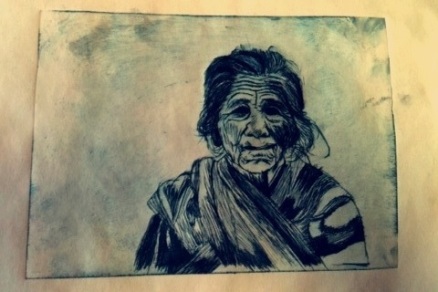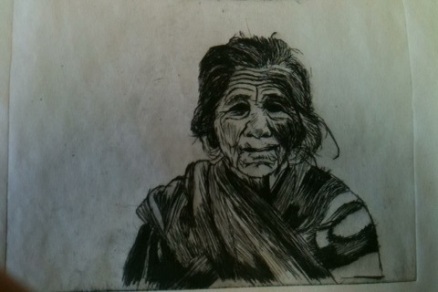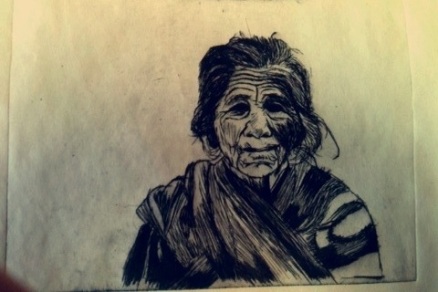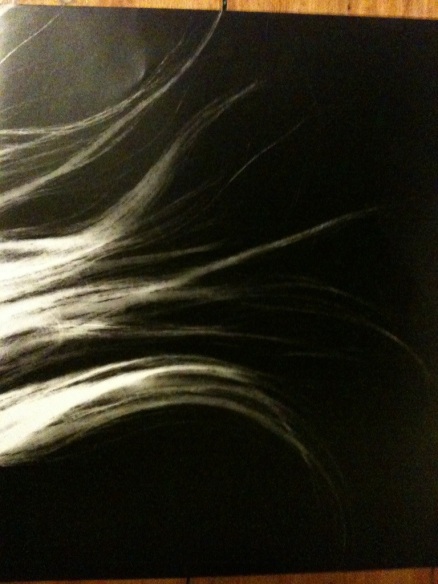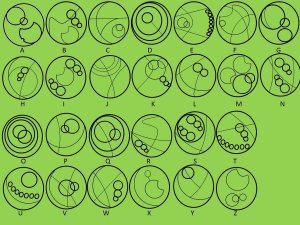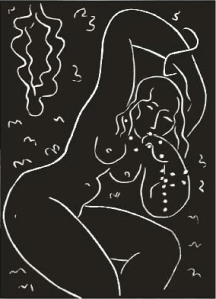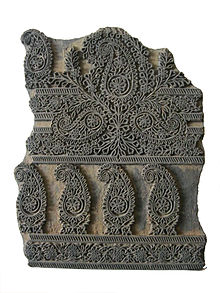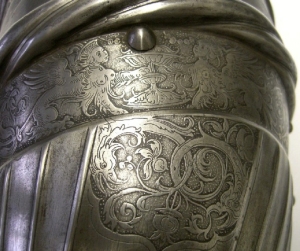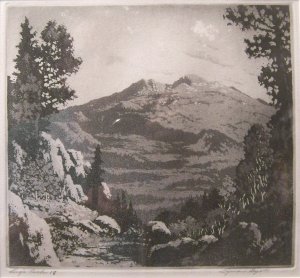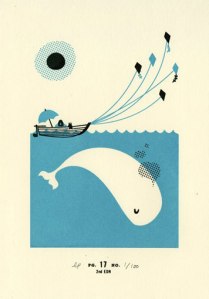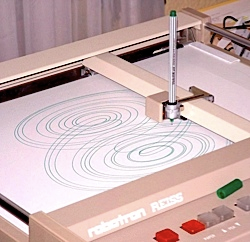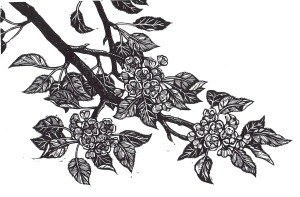History:
•1500- Leonardo Da Vinci- Camera Obscura
•1600- ‘Magic Lantern’
•1829- Phenakistoscope- Joseph Platau
•1834- Zoetrope- W. George Horner
•1877- Émile Reynaud- Praxinoscope
•1877-Thomas Edison- Phonograph
•1877- Thomas Armat- Projector
•1879- Zoopraxinoscope- Eadweard Muybridge
•1880- Lumiére Brothers- Recording & Projecting Device
•1888- Cinomatograph- 35mm, 16fps
•December 28th 1895- Cinematograph Lumiére(Moving Pictures)
Comparison between the digital SLR and a DSLR:
A significant difference between a film and a digital camera is the price. Film cameras are usually cheaper, even including buying the film for them. Disposable cameras with 35mm film can be purchased for around £6. Although digital camera image quality has improved, most digital cameras still cannot produces images of the same quality as film cameras. Generally, film is more able to capture more detail than digital. However, more important factors such as lens quality should be considered as the quality of the lens affects the quality of the film or lack of. For example, the same type of film can be used in disposable cameras and in expensive professional cameras, and images taken with the more expensive camera will usually be sharper and better quality. Lens quality may also affect digital camera image quality, so its important to think about more than just megapixels.
Another significant difference between digital and film, is the printing or developing. Affordable printing for both types of camera can be found at photo centres such as Max Spielman and Boots. However, the major difference with printing/developing photos is that with digital cameras, unlike film cameras, there is no need to finish the roll of film before processing. You can select one or more images to print directly from the camera’s digital media.
Except for interchangeable lens which are available only on professional digital cameras, most digital cameras offer features that are not available on film cameras. Digital cameras are able to handle low light better which means photos can be taken indoors without flash. The ability to immediately preview images taken is also great feature, for things such as children who are constantly moving.
54.043988
-2.793892
Posted in Photography, printing
|
Tagged History, history of photography, Photography, Print
|

